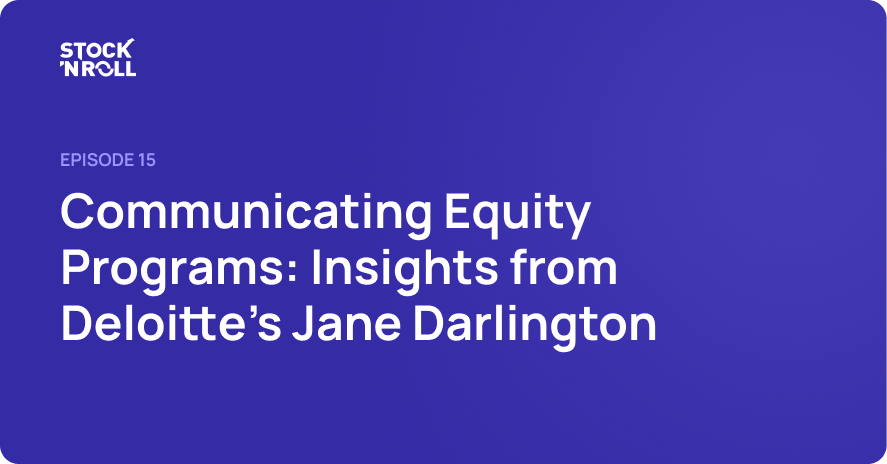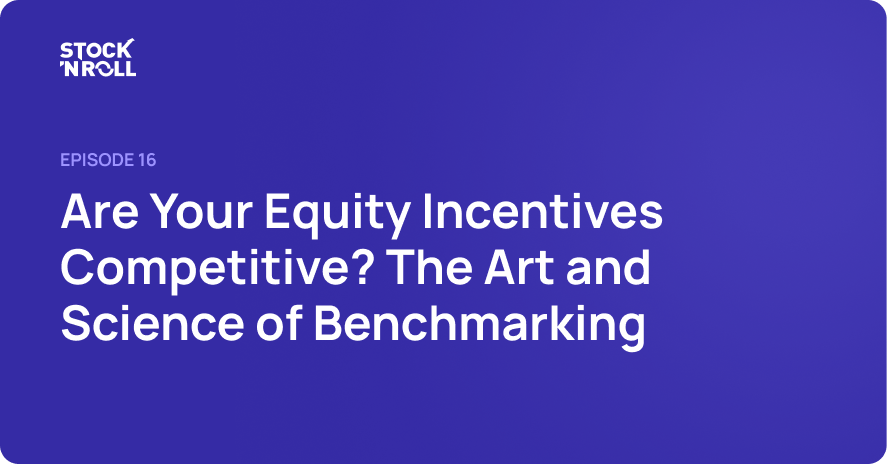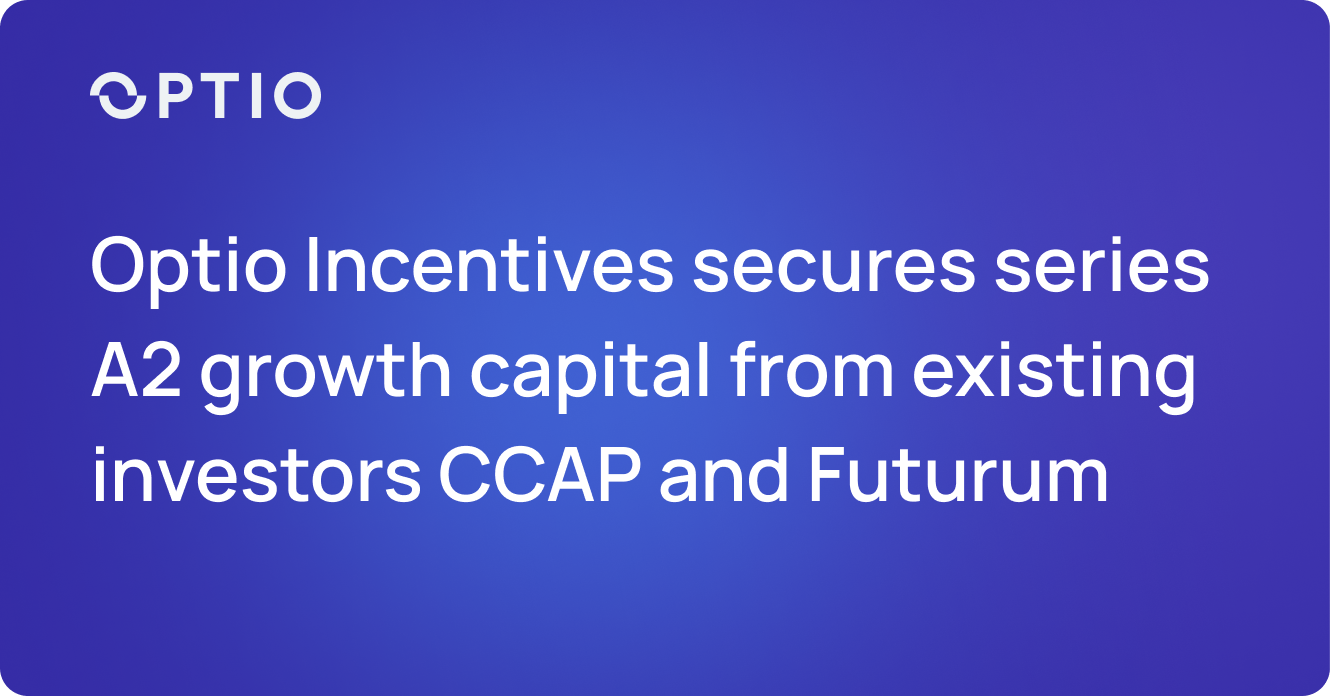The blog is derived from the podcast episode where Christoffer Herheim, the host of Stock 'N Roll sits with Jane Darlington, who leads Stitch, Deloitte's employee communication team, bringing 25 years of expertise in helping organizations connect with their people.
When organizations design equity incentive plans, they typically focus on the technical details: vesting schedules, strike prices, and regulatory compliance. But according to Jane Darlington, this approach misses a critical component that can determine whether your program succeeds or fails entirely. Listen to the episode to learn how to build a communication plan that creates understanding, builds trust and connects people to their stake in the company's success.
"What's the point in doing it if you don't tell anybody about the program that you're running?" Darlington asks. "People aren't going to receive it, understand it, or even know that it exists. You need that return on investment in running the programs in the first place, and that hinges on employee communication."
The Hidden Challenge: Private vs. Public Companies
One of the most overlooked aspects of equity communication is the distinct approach required for private versus public companies. The challenge for private companies is particularly acute.
"One hundred pounds of value in a private company versus 100 pounds of value in a listed company is actually worthless for the employee in the non-listed company because of the lack of transparency," Darlington explains. Without a daily share price feed and transparent market information, private company employees struggle to understand the potential value of their equity.
This creates a fundamental communication challenge: how do you convey value when there's no readily available benchmark? The answer lies in financial education and helping employees understand how equity fits into their broader reward package and long-term wealth accumulation strategy.
Start with Why, Not How
Before diving into communication channels and creative campaigns, organizations need to step back and examine their fundamental motivations.
"Think about why you are communicating in the first place," Darlington emphasizes. "Before you even start defining your messages or delivering your campaign, consider: Why are you running this program? What are the objectives behind running this? Why are you giving your employees equity?"
Common reasons include:
- Sharing ownership of the business
- Incentivizing employee performance
- Bringing people on a journey together
- Rewarding and retaining talent
Once you're clear on the "why," the "how" becomes much more focused and authentic.
The Emotional Reality of Equity
One of Darlington's most striking insights is that "equity is emotional." This isn't just about financial instruments and tax implications—it's about encouraging employee ownership, wealth accumulation, and fundamentally changing how people relate to their work.
"Pay and reward really hits people in their hearts," she notes. "This is about sharing a journey together, and an engaged employee is more likely to perform better and to stay longer and to work harder."
This emotional dimension means that communication can't just be informational—it needs to make people feel something when they receive it.
The Trust Factor: Who Delivers the Message Matters
Research shows that employees don't always trust information coming from the CEO or senior leadership, particularly about compensation. Instead, they trust their line managers and colleagues.
"People trust people. I don't trust somebody I've never met," Darlington explains. "If I'm communicating about something that is so emotive about my pay and my future, I don't maybe necessarily want the CEO telling me that. The person I trust is the person who sits next to me or my line manager."
This insight suggests that effective equity communication often requires empowering local champions and managers with the right information and tools to have authentic conversations with their teams.
Common Pitfalls to Avoid
Darlington identifies several critical mistakes organizations make:
- Communication as an Afterthought
"The thing that I see companies doing most regularly is not considering communication early enough. It's not seen as a discipline in itself."
- Information Overload
"I don't care about what's happening in another country, or why the company has made a particular decision about a particular program structure. What do I actually need? And what do I want?"
- The Curse of Knowledge
"There are things that we just assume everybody knows. RSUs and PSUs and other terms. But employees don't understand that. You're working on a production line, you're working in a factory—you don't have any understanding of that."
- One-Size-Fits-All Approach
"Just doing one thing is not enough. One PDF in an email once and then you're done—that's what we hear a lot."
The Personalization Trend
Looking ahead, Darlington sees a return to personalized communication, but powered by modern technology. Think personalized videos showing an employee's current equity status, "equity wrapped" summaries of the year, and interactive tools that help people understand their potential returns.
"We used to create a lot of personalized direct mail communication 25 years ago," she reflects. "I feel in a way that we have gone full circle, but now digital is supporting all of the advancements in administrative technology."
Measuring Success Beyond Takeup Rates
While take-up rates remain important, Darlington argues for a more sophisticated approach to measuring communication success. The real question isn't just whether people participate, but whether they understand the value and feel engaged with the program.
"It's not just about take-up now," she explains. Success might mean improved retention, better talent attraction, or employees genuinely thinking more like shareholders in their daily work.
The Bottom Line
The most technically perfect equity program will fail if employees don't understand it, value it, or trust it. Communication isn't just about distributing information—it's about creating understanding, building trust, and connecting people emotionally to their stake in the company's success.
As Darlington puts it: "You are investing significant amounts of money in implementing some kind of equity program. Spend time with your people explaining how they can change, how they impact, how this is going to work."
In a world where talent is increasingly mobile and employees have more choices than ever, the organizations that invest in thoughtful, authentic communication around their equity programs will be the ones that truly reap the benefits of shared ownership.
"Please note: This podcast content is for informational purposes only and is not intended as professional advice. Always consult qualified legal, tax, and financial advisors for guidance specific to your situation."
Stay tuned for more episodes of Stock 'N Roll as we continue exploring the world of equity compensation—from theory to practice.



